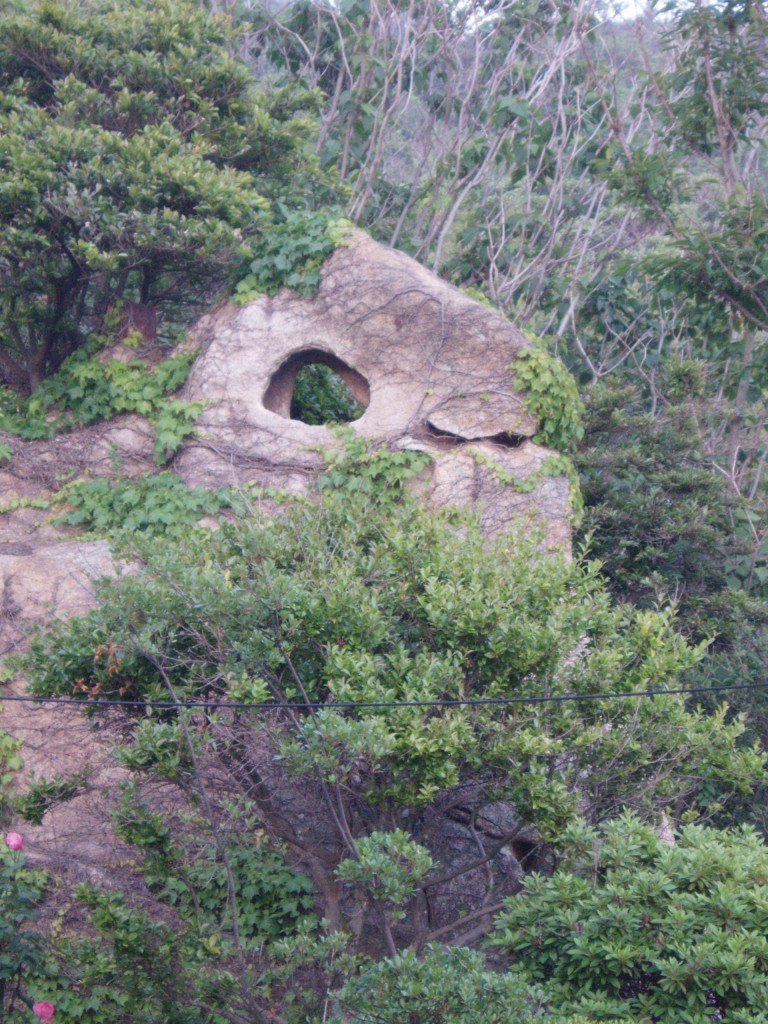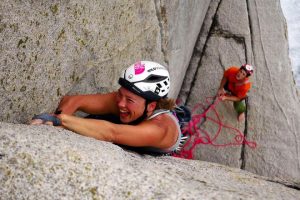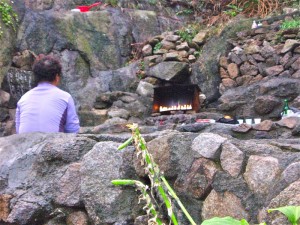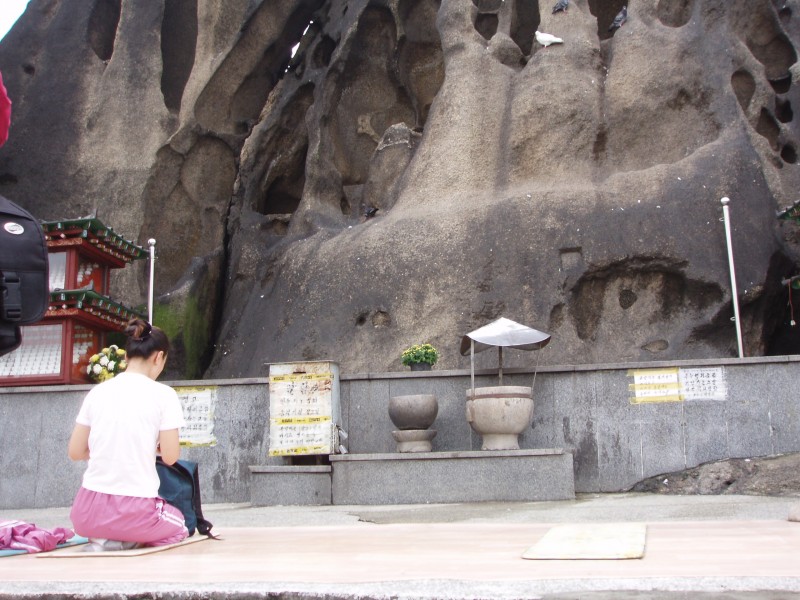
Hawk rock
My guide in Busan, Ryu Dong-il, was warm and sensitive to a tourist’s viewpoint. By the end of the day I’d got to know about his family, hobbies and a whole lot about Korean culture. The son of an illiterate dock worker, he had got his first job at twelve, paid for his own schooling and left to become an engine driver.
For years he’d combined driving trains with his pastime of rock-climbing, and the pictures he showed me was the stuff of nightmares. What on earth would move a human to even want to do such a thing? ‘It makes me feel alive,‘ he told me. ‘It makes me comfortable.’ Comfortable?! Short of being tortured, clinging to a cliff was as far from comfort as I could imagine.

Ryu told me of a close friend with whom he used to go climbing. Halfway up a rock face, his friend had suddenly frozen motionless. Asked what was wrong, he did not reply but started to descend. His eyes were ablaze, and the very next day he applied to be a monk. It had been twenty years ago, and though Ryu had often visited the small temple where his friend lived, he had never learnt what exactly happened that day. Clearly it had something to do with the power of the rocks. ‘Now he lives a simple life. He’s poor, but he has a purity in his eyes. You feel that he has a detachment from life,’ said Ryu. ‘He’s free.’
‘And how about you?’ I asked. It turned out Ryu too had had an unusual experience. ‘It was very special,‘ he said. ‘I was lying on a giant rock, taking a rest after a difficult climb, when I felt as if I was floating. I lost control of my body, couldn’t move, yet there was something pleasant about it as if I’d entered a realm of weightlessness. Since then I never had a feeling like that again. Even though I tried sometimes lying down on rocks, but never that same feeling. I think it was something to do with that particular rock. Each rock is different.’

Rocks are known to have different physical properties. Some have a powerful magnetic field, granite gives off radiation, and the blue stones of Stonehenge may well have been dragged all the way from Wales because they had special healing properties. There are rocks of worship, rocks of transcendence, rocks that convey authority and rocks conducive to contemplation. They were seen by the ancients as manifestations of a living Earth, and they served as vessels for otherworldly spirits. With their rockhard solidity, they represented the eternal and the permanent. This stood in contrast to the temporary world of vegetative matter to which humans belong.
Rocks and roots. As a land of mountains, I couldn’t help feeling Korea had a lot to teach.


Hello. I just found your blog by searching Hokora. I’m a 33 year old Jewish Witch living in the USA. I collect and wear vintage and antique kimono and recently acquired a small hokora through a friend. The reason we own a hokora is my children and I like to leave offerings to the land spirits and we own a new home and with it have new spirits to leave offerings to. Through owning this little shrine, I’ve been researching Shinto and this led me to your blog and I will be following. :)
Rocks are amazing. And every person resonates with a different one which endlessly fascinates me.
Thank you for the input, and it’s interesting to hear how you came to use a hokora. I wonder from where your friend obtained the hokora and why they no longer wanted it? Do you think it was made in Japan or in the US? If you could manage, it would be nice to see a photo of it as hokora outside Japan are still relatively rare…
Thanks, it is a great post, I’m blown away! The report actually showed me things about myself that I hadn’t had confidence in before. It also helped me in my relationship – where I could improve it and how I could become a stronger partner.